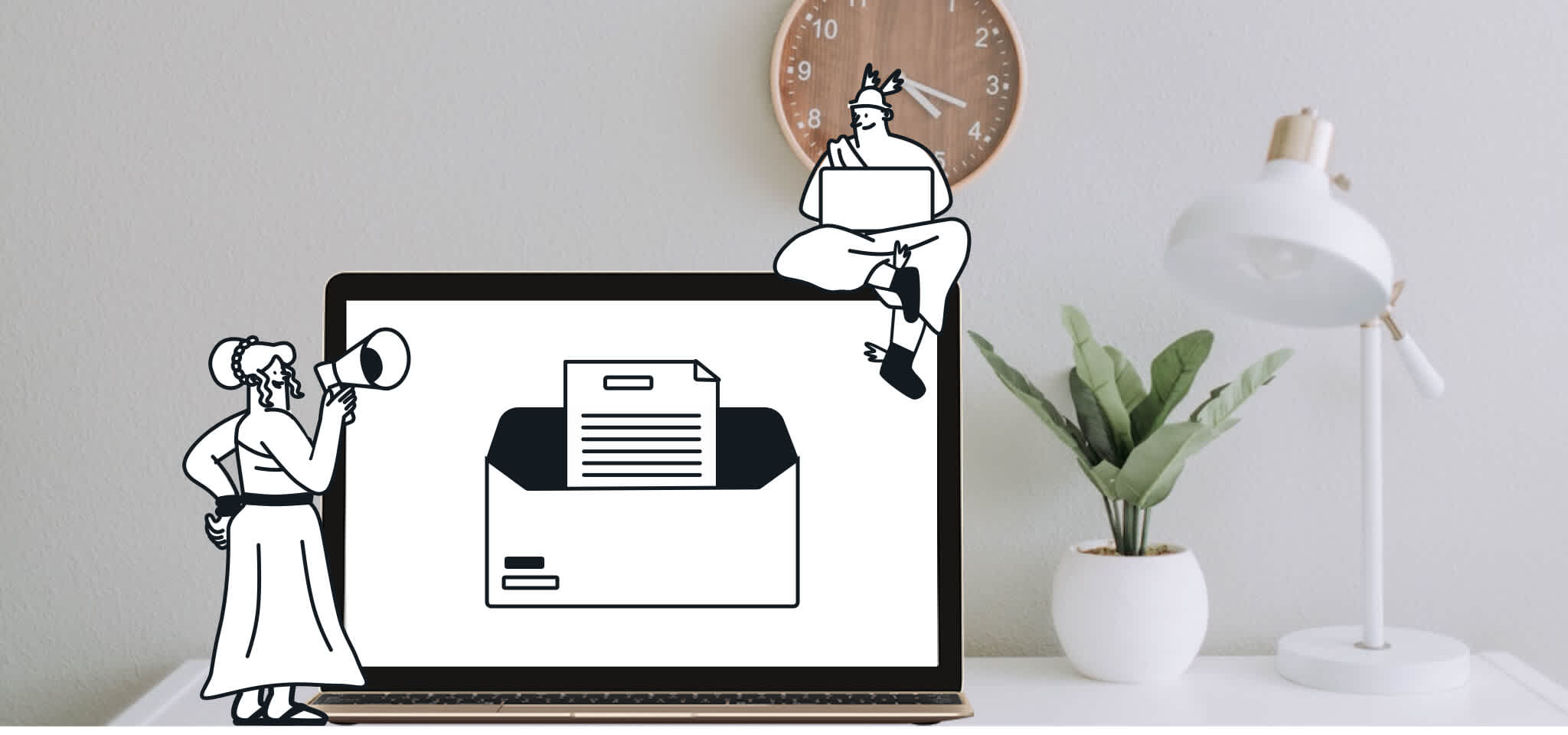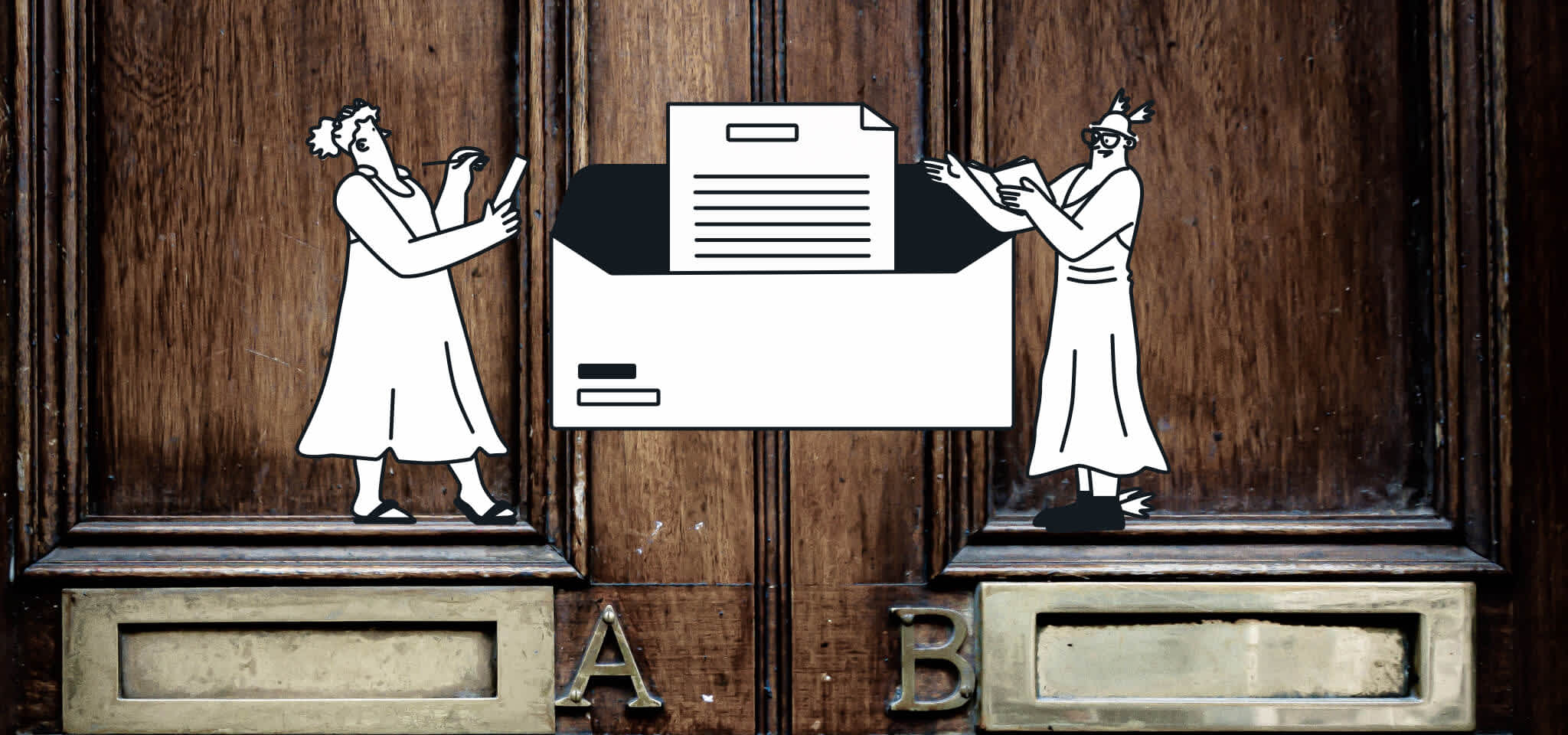Home
The Mailjet Blog
Email best practices
The Impact of Emojis on Email Subject Lines and Best Practices
Email best practices
Email subject lines that tap into the impact of emojis
Emojis (Japanese for “figurative characters”) are Unicode pictograms used in digital communications. Statistics show that using emojis in subject lines can increase open rates and add flair to your email campaigns.

PUBLISHED ON
If you receive our newsletters or have been reading our content for a while, you’re probably aware of Mailjet’s obsession with emojis. Seriously, we love them!
Fun fact: Did you know people around the globe celebrate World Emoji Day on July 17? That’s because the date in the famous calendar emoji is – you guessed it – July 17, something super for you to share with your friends during your next dinner party.
Buckle up to boost the click-through rate and open rate of your emails, as we take a closer look at how you can use emojis to create eye-catching magic in your email subject lines.
Table of content
1. Consider your audience
2. Test
3. Be careful when using an emoji for the first time
4. Be discrete
5. Use applicable emojis
Table of content
What are emojis?
Emojis were developed by Shigetaka Kurita, a Japanese interface designer in 1999 as a part of NTT DoCoMo's i-mode mobile internet platform. The ideograms became an instant hit, first in Japan and then worldwide.
Interestingly, many confuse emojis with emoticons. Although they sound quite similar, they’re different. Emoticons, developed in 1982, are purely text-based and reproduce typographic facial expressions. Unlike emojis, emoticons have the advantage that all browsers and devices can easily display them. They may not be as pretty as emojis, but they still get the job done. ;-)
On that note, one of the main issues when it comes to using emojis is that not all browsers support them in the same way. Actually, they can vary considerably from one device, browser, or email client to another.
Why use emojis?
In email marketing campaigns, it's essential to find the best methods for increased click-through rates, like using compelling copywriting or generating curiosity by using an emoji or two. After all, every conversion counts when sending messages to your email list.
Statistics show that using emojis in subject lines is a great way to add pizzazz to an otherwise easily overlookable message.
A study by Return Path found that using emojis in subject lines typically increases email open rates. The company paid attention to emojis used on specific holidays and their effect on user engagement. It found that while email marketing messages sent on New Year's typically recorded an open rate of 18%, those with a champagne bottle or confetti emojis in the subject line generated 22%.
In contrast, New Year's Eve emails with a clinking glasses emoji in the subject line saw the open rate decrease to 9%. Mother's Day marketing emails experienced similar results. While a Mother's Day email with a nail polish emoji in the subject line had an open rate of 24%, those with a woman emoji registered 9%.
Research by Experian also found that 56% of brands that used emojis in subject lines had higher open rates.
Benefits of using emojis
Saves space: Emojis take up less space than words and clearly convey the message.
Communicates brand personality: Emojis are fun and engaging and help your brand appear lively and welcoming.
Sets emails apart from the rest: A vivid, colorful emoji makes an email stand out as opposed to the black and white text in more typical subject lines.
Increases customer engagement: Users can quickly decipher and connect with emojis, making them an excellent method to create positive feelings and increase user engagement.
Expresses emotions: Emotions drive potential customers to take action, and emojis are excellent for doing that. A smiling face or celebratory image can brighten someone's day and make them curious to know more about a brand.
Best practices when using emojis in subject lines
Now that we know the advantages of using different emojis in our subject lines, let’s learn how to use them. Check out our five best practices:
1. Consider your audience
Using the right emoji is essential in the quest to increase open rates and drive sales, as using the wrong one can be misinterpreted by your audience. Because of this, knowing your audience and what appeals to them is important and should be a deciding factor in selecting the emoji. Elements like age, tone, and gender play a part in picking the right emoji. While one group might find a particular emoji fun and friendly, another could find it unappealing.
2. Test
Even if you have a thorough understanding of your target audience, you won't know the actual results without analyzing data on open rates and website visits. One of the most effective ways to do that is A/B testing. If you haven't heard about A/B testing or just vaguely remember the concept, here's a quick recap: A/B testing is essentially an experiment where you send two different versions of a marketing email to two separate email lists. Statistical analysis is used to determine which variation performs better.
A/B testing allows you to find the best option for elements such as emojis and subject lines. You can test several emojis in the subject line, and the most successful version will be sent to the rest of the list. It maximizes your chances of reaching your target and optimizes the results of your emailing campaign, giving you a competitive advantage.
3. Be careful when using an emoji for the first time
It's vital to consider how an emoji appears on different devices and different email clients before sending out email campaigns. Because different operating systems vary in their display of emojis, those opened in Gmail on Mac OS will appear different than those opened in Outlook on a Microsoft PC. Thankfully, email marketers can test their emojis with Mailjet’s Email Preview feature before hitting send.
4. Be discrete
Using emojis sparingly ensures a clean email design and avoids the appearance of a spam message. For instance, using a single emoji instead of several may achieve the same effect, and it doesn't carry the negative connotations listed above.
5. Use applicable emojis
There are more than 3,000 emojis to choose from, which is why picking the most relevant ones that connect to a marketing email's subject and the target audience's interests create the best chance of conversions.
It's your turn to test emojis
Curious to know which emojis work best for you? Conduct an A/B test on your own newsletters! Consider our best practices and send your customers emails with refreshing, happy subject lines. Subscribe to our newsletter for the latest tips and tricks on creating the best email marketing campaigns.








